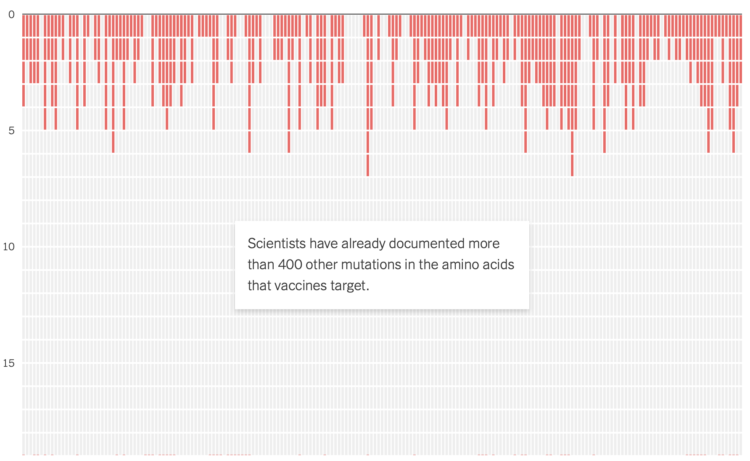How fast do bacteria grow outside the laboratory? This simple question is very difficult to address directly, because it is near-impossible to track a lineage of bacterial cells, ancestor-to-decendant, inside an infected patient or through a river. Now in new work
published in Proceedings B,
Beth Gibson,
Ed Feil,
Adam Eyre-Walker and I exploit genome sequencing to try to get a handle on the problem indirectly.
We have done it by comparing two known quantities and taking the ratio: the rate at which DNA mutates in bacteria
per year, and the rate it mutates
per replication. This tells us in theory how many replications there are per year.
The mutation rate per replication has long been studied in the laboratory, and is around once per billion letters. Meanwhile, the recent avalanche of genomic data has allowed microbiologists to quantify the rate at which bacteria evolve over short time scales such as a year, including during outbreaks and even within individual infected patients. Most bugs mutate about once per million letters per year, with ten-fold variation above and below this not uncommon among different species.
For five species both these quantities exist. The fastest bug we looked at causes cholera and we estimate it doubles once every hour on average (give or take 30 minutes). The slowest was
Salmonella, which we estimate doubles once a day on average (give or take 8 hours). In between were
Staph. aureus and
Pseudomonas at about two hours each, and
E. coli at 15 hours. These are average over the very diverse and often hostile conditions that a bacterial cell may find itself in during the course of its natural lifecycle. To find out more about the work, please
check out the paper.
